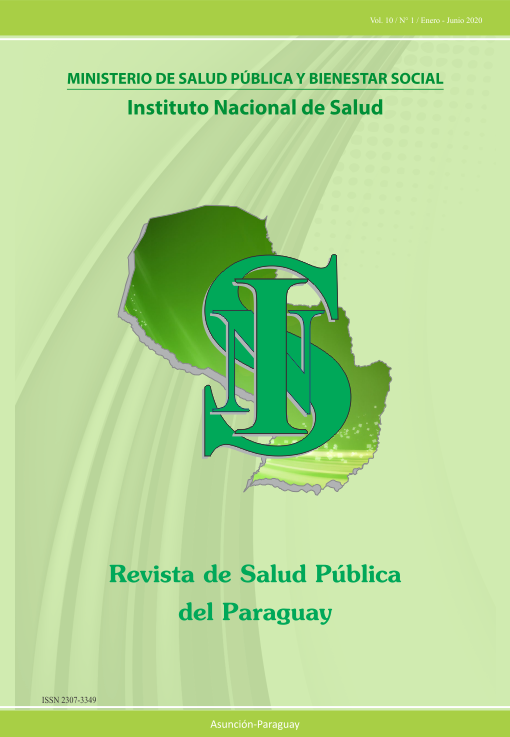Relationship between Maternal Nutritional Status, Umbilical Cord Plasma Amino Acid Levels, and Birth Weight: A Review Article
Main Article Content
Abstract
Introduction: Maternal nutritional status decisively influences fetal development and neonatal outcomes. Amino acids are essential components for fetal growth, and inadequate levels in umbilical cord plasma are associated with complications such as low birth weight and premature delivery.
Objective: To analyze current evidence on the relationship between maternal nutritional status, amino acid levels in umbilical cord plasma, and birth weight.
Methodology: Literature review in PubMed, Scopus, Cochrane, and BVS (2015-2023), using terms such as "maternal nutritional status," "amino acids," "umbilical cord plasma," and "birth weight," as part of the PINV01-67 project. Studies examining the relationship between these variables were included without language restrictions.
Results: From 10 analyzed studies, a positive association was identified between methionine levels in umbilical cord and macrosomia. Maternal vitamin D deficiency was associated with alterations in amino acid profiles. Maternal obesity correlated with elevated levels of branched-chain amino acids in maternal and umbilical cord plasma. Low birth weight newborns showed lower levels of essential amino acids compared to those with normal weight.
Conclusions: Maternal nutritional status significantly impacts umbilical cord plasma amino acid levels and birth weight, with important implications for prenatal care. Further research is needed to develop effective strategies that optimize maternal nutritional status and improve neonatal outcomes, especially in the Paraguayan context.
Downloads
Article Details

This work is licensed under a Creative Commons Attribution 4.0 International License.

